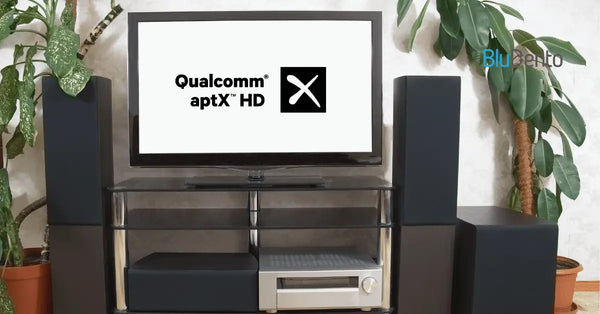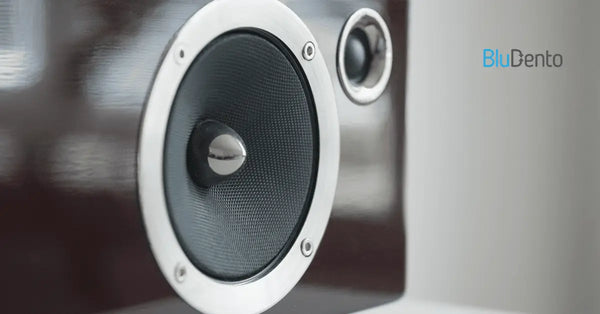Perfect Audio Receiver for Your Speakers

If you’re serious about elevating your home audio experience, an audio receiver for speakers is the unsung hero you need. Whether you’re building a home theater or upgrading your music setup, this device acts as the brain of your system, amplifying signals, managing inputs, and delivering crystal-clear sound. But with countless options flooding the market, how do you pick the right one? Let’s break it down.
Why Your Home Theater Needs an Audio Receiver for Speakers
Think of your audio receiver for speakers as the command center. It doesn’t just power your speakers—it decodes surround sound formats like Dolby Atmos, connects all your devices (TV, gaming console, streaming devices), and ensures every note hits with precision. Without it, even the best speakers can’t reach their full potential.
For example, modern receivers support 4K/8K passthrough, HDR, and even voice control. Imagine streaming Spotify via Alexa while your PS5 runs through the same system. That’s seamless integration!
Pro Tip: Always check for HDMI 2.1 ports if you’re a gamer. They reduce lag and support higher resolutions.
Top 5 Features to Look for in an Audio Receiver for Speakers
Not all receivers are created equal. Here’s what separates the gems from the duds:
- Power Output (Watts per Channel): Aim for at least 80W for medium-sized rooms.
- Surround Sound Compatibility: Dolby Atmos and DTS:X are must-haves for immersive audio.
- Connectivity: Wi-Fi, Bluetooth, and HEOS ensure wireless flexibility.
- Room Calibration Tools: Audyssey or YPAO auto-adjusts sound to your space.
- Future-Proofing: eARC support and 8K readiness keep you ahead of tech curves.
Still confused? Check this comparison table:
| Feature | Budget Pick (Denon AVR-S660H) | Premium Pick (Marantz Cinema 50) |
|---|---|---|
| Power Output | 75W per channel | 110W per channel |
| Surround Sound | Dolby Atmos | Dolby Atmos + IMAX Enhanced |
| Wireless Connectivity | Bluetooth, HEOS | Bluetooth, AirPlay 2, HEOS |
| Price Range | $499 | $2,499 |
Wired vs. Wireless Audio Receivers: Which is Right for You?
Wired systems, like traditional audio receivers for speakers, offer rock-solid stability—no dropouts during intense movie scenes. But wireless models (think Sonos Amp) eliminate cable clutter and let you stream from phones or tablets.
Use Case:
- Wired: Dedicated home theaters, audiophile setups.
- Wireless: Multi-room systems, minimalist spaces.
How to Set Up Your Audio Receiver for Speakers Like a Pro
- Positioning: Place the receiver in a well-ventilated area—overheating kills performance.
- Speaker Wiring: Match red/black terminals to avoid phase issues.
- Calibration: Run the auto-setup mic and tweak settings manually if needed.
- Testing: Play a bass-heavy track to check distortion levels.
Fun Fact: A misconfigured receiver can make a $10,000 system sound like a tin can. Take your time!
Common Mistakes to Avoid When Using an Audio Receiver for Speakers
- Ignoring Impedance Ratings: Mismatched speakers and receivers can cause overheating.
- Overlooking Firmware Updates: New updates often fix bugs and add features.
- Cramming into Tight Spaces: Poor airflow = shorter lifespan.
Expert-Recommended Audio Receivers for Every Budget
| Budget | Model | Best For | Key Perk |
|---|---|---|---|
| Under $100 | Bludento B2 | Entry-Level Enthusiasts | supports LDAC,aptX HD, aptX Low Latency, aptX, AAC, SBC audio codecs, Alexa Compatibility |
| $100–$1,500 | Denon AVR-X2700H | Mid-Range Flexibility | 8K Support, HEOS Multi-Room |
| Over $1,500 | Anthem MRX 740 | Audiophiles | ARC Genesis Room Correction |
Frequently Asked Questions
What’s the difference between an amplifier and an audio receiver for speakers?
An amplifier only powers speakers, while a receiver includes amplification, radio tuners, and input switching.
Can I use an audio receiver for outdoor speakers?
Yes, but ensure it’s rated for outdoor use (weather-resistant and high impedance).
How often should I replace my audio receiver?
Every 5–7 years, unless you need new features like 8K or Wi-Fi 6.
Do I need a receiver for a soundbar?
No—soundbars have built-in amplification. Receivers are for multi-speaker setups.
Why does my receiver get hot even when idle?
Check standby settings. Some models draw power for network features.
Can I connect a turntable to an audio receiver?
Yes, if it has a phono input or you use a preamp.
Conclusion
An audio receiver for speakers isn’t just another gadget—it’s the backbone of your audio ecosystem. By understanding your needs (gaming, movies, music), prioritizing key features, and avoiding setup pitfalls, you’ll unlock sound quality that’s nothing short of transformative. Ready to take the plunge? Your ears will thank you.













